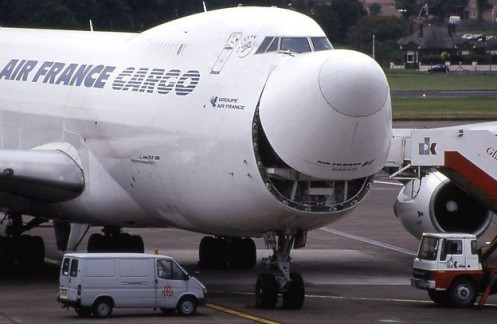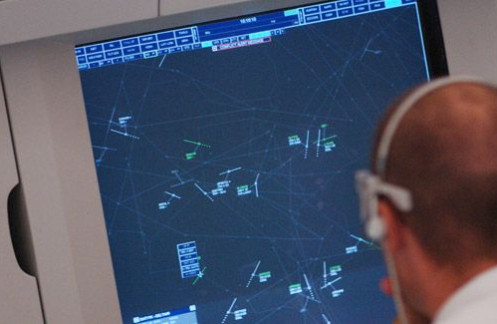We appreciated the compliance with deadlines and high quality of work provided by the Eurodecision team. The new ‘’Proforce LEOPAR’’ software enabled us to build the force deployment scenarios more efficiently. From the aircraft loading plan to rotation planning, each task was optimized, which enables us to respond very quickly to questions by operational personnel. ‘’How much time, what types of planes and how many to run this scenario?’’Mickaël FONTAINEDesign Engineer, Defense Analysis Center, Ministry of Defense
An entity of the Ministry of Defense, DGA is responsible for the acquisition of weapons systems for the armed forces. It offers technical and industrial solutions to meet the current and future equipment requirements of the French armies. Reporting to the Armed Force Systems and Forward Planning Department, the Defense Analysis Center (CAD) is tasked with operational and technical-operational studies.
The CAD is confronted with optimizing the deployment of air forces during combat operations, a highly complex problem. The deployment of an ‘immediate’ reaction force can involve around 1,500 troops and their equipment being carried in 3 days to the theatre(s) of operations. The deployment of a ‘rapid’ reaction force involves carrying by air 5,000 troops and their equipment, i.e. over 5,000 tons of cargo and equipment, in two weeks.
Questions such as
- what types of aircraft to use, and how many,
- how to optimize the loading of the cargo compartments, available parking spaces on air bases?
are questions that only high-performance optimization engines can answer satisfactorily.
The system is used both for strategic and tactical studies and must take into consideration operational aspects like runway damage or the immobilization of planes.
Earlier software meeting most of these needs had been previously developed, but certain functionality remained limited, in particular the planning optimization module and the transfer of data between modules. But more than anything, the dependency on the constraint-based programming engine vendor was what decided the CAD to overhaul the existing system. And a further goal was to have a totally portable code, to facilitate wide circulation and to lend the tool to partner armies.
Eurodecision was awarded the contract after a call for bids in January 2003 and entirely rewrote the software. Known under the name Proforce LEOPAR (Air Projection Assessment and Optimization Software), the software is currently available under Windows XP and Linux. It is modular and includes a MySQL database and the constraint-based programming engine used to optimize aircraft loading and planning is now replaced by heuristics.
The system is composed of three modules: the repository, the loading module and the planning module. The repository manages all the data relating to various loading and planning scenarios: air bases, types of aircraft including their specific loading characteristics, equipment to transport etc.
In the loading module, the user inputs the number of troops, the type of equipment to transport, the types of planes, the origins and destinations. The system then optimizes the number of aircraft and loading of the cargo holds, taking into account many constraints, such as
- complying with usable surface areas in the holds and their variable configurations in certain cases
- spacing rules between equipment,
- pairing vehicles and drivers on the same route
- exclusion between ammunitions and passengers in the same compartment.
The GUI gives the loading plan for each aircraft.
The planning module is used to plan the overall deployment of forces. By default, the results of the loading module are transferred to the planning module. The user indicates the fleet actually available, the loading/unloading time for each type of aircraft, the actual capacity of air bases regarding take-off, landing and parking areas, and detailed information on the routes to run.
In less than one minute, while taking into consideration all constraints, the system optimizes rotation planning so that troops and equipment arrive as early as possible for each deployment base. A Gantt chart helps visualize the various tasks.
Proforce LEOPAR is portable and optimizes and provides precise loading plans for each of the aircraft necessary to the deployment and their planning over time. Designed in priority to carry out studies for the French Ministry of Defense, it could also be distributed outside France.






